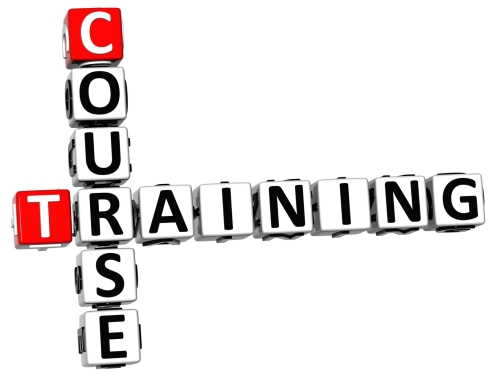
I've been focused almost entirely on Blog Mastermind 2.0 for the last few months.
This is the first time I have created a new flagship course since 2009, and I am reminded why after creating Blog Mastermind 1.0, Membership Site Mastermind and Become A Blogger all within two years I was pretty tired and decided to have a break.
There's a lot of work to do.
I find the creating training materials part easy to stay on top of. You create notes, which turn into slides, which turn into video presentations.
The challenge is delivering the content and keeping track of all the little things.
I've been working hard to add the first lot of content into the members area, including transcripts, mp3s, slides, portable videos, bonuses, welcome video, descriptions of each resource, navigation structure, sales page copy and sales video, upsell videos, graphics, etc etc.
The technology doesn't always work, for example videos render without picture so you have to re-render them. You make mistakes, like typing in incorrect links to resources and saying the wrong things on videos. All kinds of problems surface.
In short – it's a big undertaking!
This is why it is absolutely critical you do not go and put all this effort into a flagship course until you know for sure you have a market for it.
Flagship Not First
A lot of experts out there tell people to just “launch a $1,000 flagship course” as your first product and boom – instant six figure business.
While I'm all for working towards back-end, higher priced products as soon as you can, there is a reason why you go through a learning curve to begin with in product development.
It's much better to go out there with a shorter, more entry level course or guide if it means you can create and deliver it quickly, at a lower pricing point.
A front-end product may not end up making you rich, but it's there for a reason. It gives you as an information marketer your first taste of creating and selling a product, without investing too much time and energy. It also allows you to further validate you know what your market wants, and learn more from them.
This knowledge and experience can then take you to the next step – a bigger flagship course, with a higher pricing point.
The lower pricing point also makes it more likely you will make sales. It might seem obvious, but you will have an easier time selling a $300 course compared to a $1,000 course, especially if you are new and not too well known in your market. A $30 ebook is even easier to sell, since you don't have to justify as high a return in value at that pricing point.
Ideally you want products at all key pricing points eventually, but during the early stages it's more important you make sales – any sales – which is why starting with front-end products makes sense.
The Evolution Of A Blog Sales Funnel
For the last year and a half most of the sales I have made were for products under $50. Needless to say, I'm not getting rich from these smaller product sales.
That's not the point though.
What I am doing is getting a lot of new customers – close to 1,000 now – all of whom know the quality of my work. These 1,000 customers are where most of my flagship course customers are going to come from when my courses launch over the next few years.
The great thing about evolving your own product funnel like this – starting with front-end products – is it feels like you are building something. You know the vision, at least in basic concept to begin with.
As you start making sales, learning about your customers, you start to see other products you can create to meet their needs. There is no guessing, you know what they want because they keep telling you what problems they have.
This feedback is coming from customers. That's a critical point. These are people who already spent money on your work, saying they need more help. The probability of these people buying from you is higher than any other group, so their feedback is the most valid.
Your evolution continues beyond just your product funnel. Your audience is growing. Your blog and email list reach more people. You connect with other leaders in your market, and you have more content out there influencing people.
All of this compounds, so when the day comes that you do launch your flagship product, you get a much better result.
Can You Make A Sale Next Week?
I just put together a new version of my Blog Profits Blueprint stage presentation for live events.
One of the slides has the title “What Can You Sell Tomorrow?”.
When I ask that question, I am not referring to a flagship course.
I believe someone new to information marketing should act like a startup entrepreneur. It's about market validation through product sales.
A flagship course should NEVER be your market validation product. It should become your cash cow, your core profit center. It should be the outcome of your evolution as an information marketer.
Right now your job is to get ready to produce that flagship course. Build your audience, make sales of products you can deliver quickly and serve your customers.
Once you have the confidence, the market penetration and paying customers, and the knowledge required to release a flagship course, then you invest the time to create and launch it.
If you don't feel you are ready, then you probably aren't.
Start smaller. Stack the odds in your favour, and work your way up to the big release.
Yaro Starak
Creating Courses

